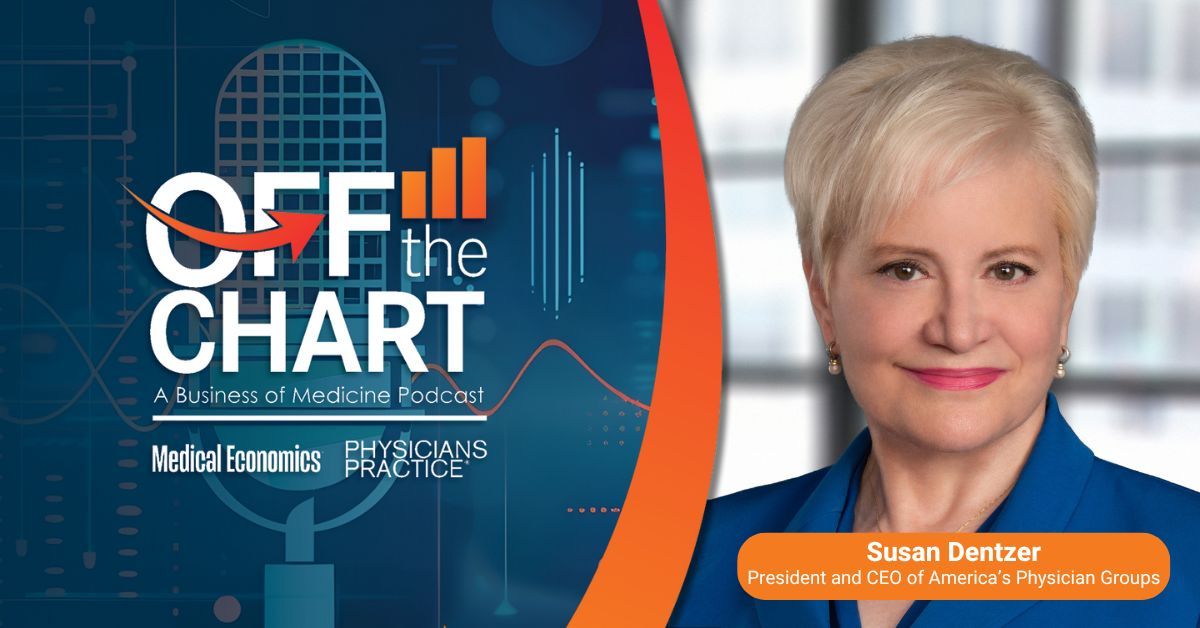News
Article
The first pediatric guideline on opioid prescription focuses on overdose prevention
Author(s):
Key Takeaways
- The guideline promotes a multimodal approach to acute pain management, combining nonpharmacologic, nonopioid, and opioid therapies when necessary.
- Opioids should not be prescribed as monotherapy and should be given in the lowest effective dose for the shortest duration.
The guideline offers new recommendations for the prescription of opioids for children and adolescents with symptoms of acute pain.
© Seventyfour - stock.adobe.com

The American Academy of Pediatrics (AAP) has released the first official clinical practice guideline (CPG) for primary care providers on prescribing opioids for acute pain in children and adolescents. The guideline recommends that, upon the prescription of opioids, families should be counseled on overdose warnings, and should have naloxone, the medication known to rapidly reverse opioid overdose, on hand. Further, the guideline advises providers to educate families on safe disposal of unused opioid medication.
“Parents need to know how to respond to signs of overdoes if their child is prescribed opioids, and they need to understand that safe disposal of unused opioids also is critical to preventing a tragedy,” Mehul Raval, M.D., M.S., F.A.C.S., co-author of the AAP guideline, division head of pediatric surgery at Ann & Robert H. Lurie Children’s Hospital of Chicago and professor of surgery and pediatrics at Northwestern University’s Feinberg School of Medicine, said in a news release.
“Our inclusive and multidisciplinary development process is a major strength of this guideline. We offer practical recommendations for pediatricians that support multimodal pain management and appropriate opioid use, which involves prescribing the minimum dose for the shortest duration. Overdose prevention strategies are key to safe opioid prescribing and need to become standard practice,” Raval said.
The CPG consists of nine key action statements (KAS) for pediatricians and other pediatric health care providers (PHCPs) to consider:
- Acute pain should be treated through a multimodal approach of nonpharmacologic therapies, nonopioid medications and opioid medications, when necessary.
- Do not prescribe opioids as monotherapy for children/adolescents with acute pain.
- When prescribing opioids for acute pain, immediate-release opioid formulations should be provided, starting with the lowest age- and weight-appropriate doses. Initially, patients should be provided with a supply for 5 days or fewer, unless the pain is associated with a condition expected to last longer than 5 days.
- Do not prescribe codeine or tramadol to:
- Children/adolescents younger than 12-years-old with acute pain.
- Children/adolescents between 12- and 18-years-old with acute pain and obesity, obstructive sleep apnea or severe lung disease.
- Children/adolescents under 18-years-old with postsurgical pain following a tonsillectomy or adenoidectomy.
- Children, of any age, who are breastfeeding.
- Use caution when prescribing opioids for acute pain to children/adolescents who are taking sedating medications.
- Counsel patients and families on the signs of opioid overdose, and the proper way to respond to an overdose. Provide naloxone to families.
- Educate caregivers about safe storage and directly observed administration of medications to children/adolescents.
- Educate caregivers about safe disposal of unused medications. Help caregivers develop a safe disposal plan, and, if possible, provide an option for in-practice disposal.
- Prescribe opioids when indicated, partner with any other opioid-prescribing clinicians who are involved with the patient’s care, as well as with chronic pain and palliative care specialists, and other opioid stewardship programs, to determine appropriate treatment plans for patients with acute, worsened pain.
KAS seven and nine, while advised, are considered optional. KAS three and six are recommended, and the remaining statements are strongly recommended. The development of the CPG by the AAP is meticulous and time intensive, according to the publication, and involves research and examination of the strength of relevant studies. Each KAS is scored as either A, B, C, D or X, depending on the quality of supporting evidence.
In a study of 731 poisoning-related fatalities of young children that were reported by child death reviews to the National Fatality Review-Case Reporting System from 2005 to 2018, opioids were determined to be the most common substances contributing to the fatal poisonings, covering 47.4% of the considered deaths. The issue is rising in prevalence, as well, responsible for 24.1% of considered deaths in 2005, compared with 52.2% in 2018.
Newsletter
Stay informed and empowered with Medical Economics enewsletter, delivering expert insights, financial strategies, practice management tips and technology trends — tailored for today’s physicians.





